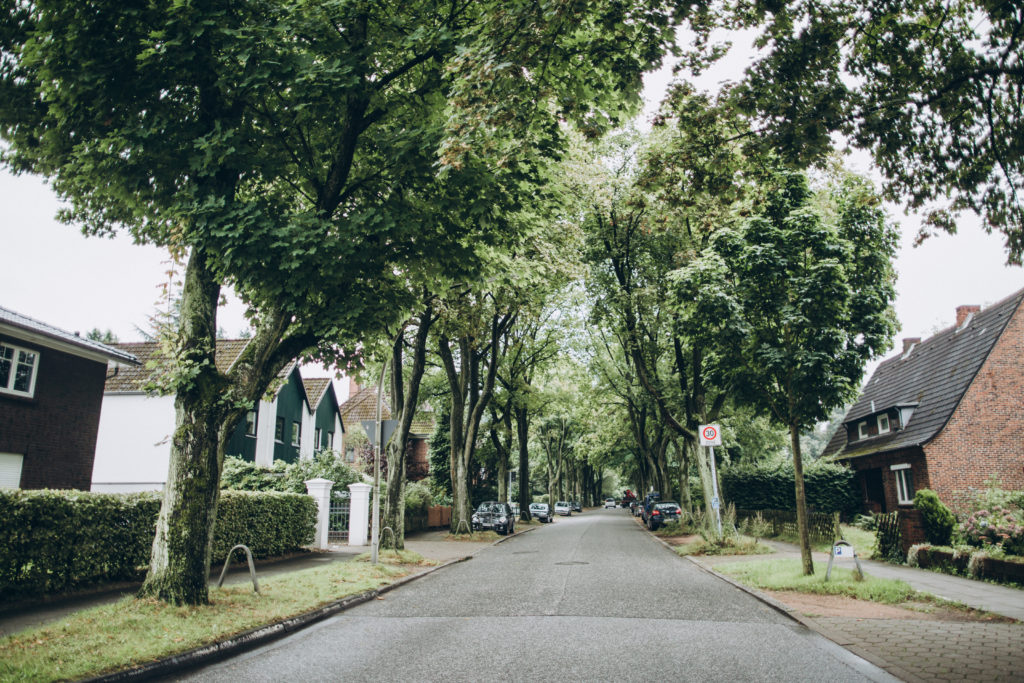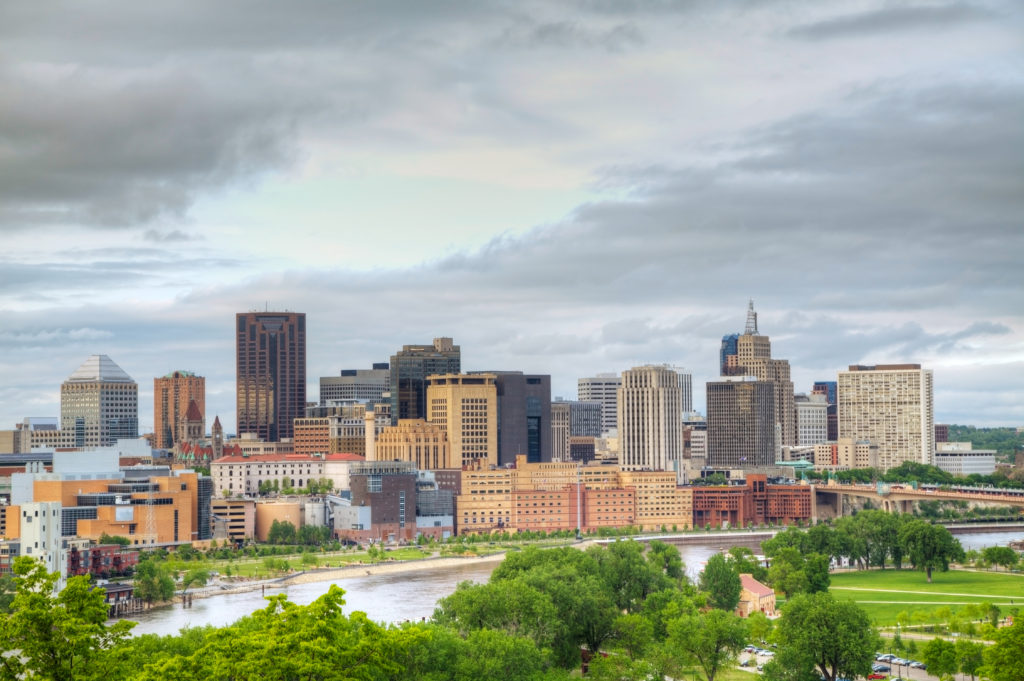
Footprint Earth Foundation is active in your local community by supporting and leading urban reforestation activities.
Trees planted to date: 961
2020 Goal: 4,000
Do trees matter as much in an urban setting?
Our planet’s villages need more trees! This simple realization, decades ago, led to Plant With Purpose’s existence and work since. Eight countries and 30 million trees later, we believe in that statement even more. We’ve seen what trees can do!
In rural villages, trees help heal the soil so people can grow enough food to feed their families and bring in more income. They help protect water sources and prevent topsoil runoff during a storm or flood. They promote food security and reduce surface temperatures. Trees are a source of resilience for countless communities.
But what about a community like Toronto? Or San Diego? Or Houston, Minneapolis, Saint Paul? This is where Footprint Earth Foundation can help!
In urban settings like the Twin Cities, there is a strong correlation between the presence of trees and economic sufficiency. These correlations are also strong predictors of physical health, safety, and other positive outcomes.
Urbanization can come with a plethora of negative environmental effects, but the presence of urban trees can help mitigate a lot of these concerns. As the world’s urban population continues to increase, trees can help make these areas socioeconomically and environmentally fit.

Trees reflect community health
Large trees are natural air filters, especially in areas with urban pollutants and particles. These trees absorb toxins like carbon monoxide or sulfur oxides, and capture dust or smoke from the atmosphere with their leaves. In places with highly concentrated carbon emissions, these are very valuable.
When a single tree is mature, it can absorb around 150kg of carbon dioxide throughout a year. As cities become increasing contributors to climate change compared to rural areas, these trees can help offset those pollutants.
Trees not only help with climate in a global sense, but at a local level as well. Trees planted strategically can reduce air temperatures by 2-8 degrees Celsius. This is important for reducing a cities heat index.
A heat map of most urban cities reveal a correlation between heat and a number of undesirable outcomes. The hottest neighborhoods of most cities are typically its poorest. These are also the areas where health concerns are the highest, including respiratory illness, stroke, and heart disease.
This cooling effect of trees can reduce carbon emissions, not just by absorbing pollutants, but by conserving energy. Strategic tree placement around an office or residential building can help reduce air conditioning and heating needs by anywhere from 20-60 percent. This “triple-win” scenario means increased property value, higher financial savings, a healthier environment, and more comfortable occupants.

In an urban setting, Urban Tree Canopy helps measure the presence of trees
Urban Tree Canopy is a way of measuring urban forestry. Similar to methods used to measure the presence of trees in rural watersheds, this measurement relies on aerial sensors to measure vegetative space.
The ideal tree cover for a city varies from location to location. Determining factors may include year round climate variations, water security, and the species of trees that grow. Some of the cities with the most tree coverage hover around 50%.
Atlanta, Georgia has the highest urban tree canopy in the United States, at 47.9%. Just below, but also between 40-50% are Charlotte, North Carolina and Pittsburgh, Pennsylvania. These score higher than many Northwestern cities, despite the larger amounts of rainfall in cities like Seattle, Washington (28%) or Portland, Oregon (30%).
Beyond looking at cities as a whole though, there is a need to look at specific neighborhoods to see where tree cover is dispersed inequitably. “If we show you a map of tree canopy in virtually any city in America, we’re also showing you a map of income,” says Jad Daley, president of American Forests. “And in many cases we’re showing you a map of race and ethnicity.”
Unfortunately many cities continue to lose tree cover each year. Last year, Louisville, Kentucky lost around 54,000 trees to make room for development. However, as knowledge around the importance of trees spreads, there is a chance for them to grow more abundantly.
